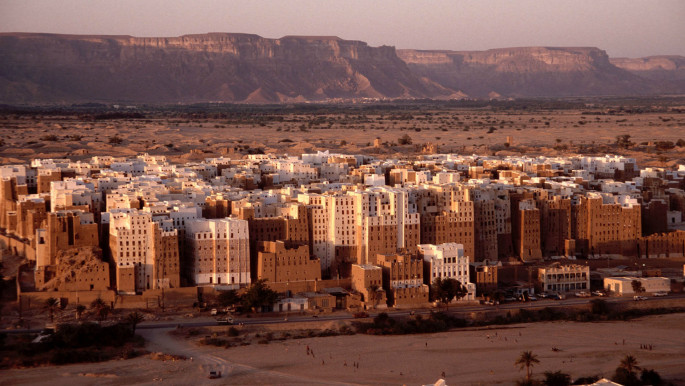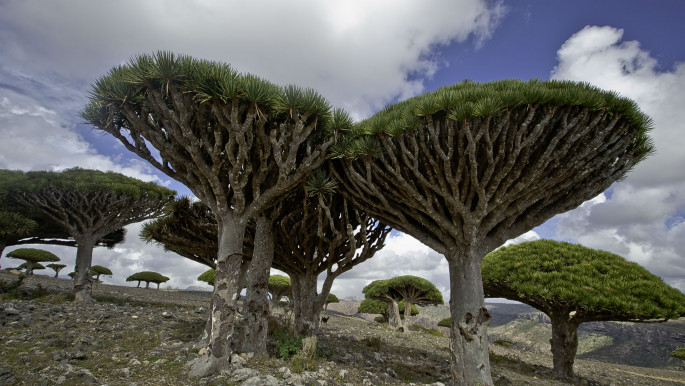
13 things you need to know about Yemen
However, the truth is, Yemen boasts a rich history, culture and has contributed vastly to the world.
Here are some interesting facts you should know about one of the hidden and forgotten jewels of Arabia:
1. The southern part of the Arabian Peninsula, now known as Yemen, was previously known to geographers as Arabia Felix; a Latin name meaning 'Happy Arabia' or 'Fertile Arabia.'
2. Yemen is home to a variety of religions, including Islam, Christianity and Judaism. One of the most iconic buildings in the southern coastal city of Aden is an Anglican church built by the British in 1863.
3. Yemen's Jewish community, who had lived peacefully in the country for more than 2,000 years, were secretly relocated to Tel Aviv by Israeli authorities between 1949 and 1950, in a mission dubbed 'Operation Magic Carpet'. The last remaining Yemenite Jews, now numbering fewer than 50, live under government protection in Sanaa.
4. Yemen's Mokha city was once the centre of the world's coffee trade – hence the coffee named 'Mocha' in your local café.
|
||
| The Manhattan of Arabia: Shibam hosts the world's first skyscrapers [Creative Commons] |
5. Yemen was the first country in the Arabian Peninsula to hold multiparty elections under universal suffrage, which was gained in 1967. Constitutional and legal protection was extended to women during the first years of Yemen unity between 1990-1994. In 1993, 21 women ran for parliament and two won seats; in 1997, 17 women ran for parliamentary office and again two women won seats. In the country's first local council elections in 2001, 147 women ran, and 38 won.
6. Aden, strategically located along main shipping routes between the Red Sea and the Indian Ocean, was colonised by the British for some 124 years and gained independence in 1963. Its large port was the third busiest in the world, following New York and Liverpool.
7. Yemen's Shibam, a city in the eastern province of Hadramawt, is known as 'The Manhattan of Arabia' and is a UNESCO world heritage site. The city is home to more than 500 towers that are made entirely of mud brick. The 11-storey towers were the first skyscrapers to be built in the world.
8. Yemen was home to the ancient Queen of Sheba (also known as Balqees in Arabic) who was mentioned in both the Bible and the Quran. The 'Kingdom of Saba' – the most powerful and important kingdom in the region at the time – was believed to have existed in the first millennium BC, and was located in modern day Marib.
9. The ancient Sabean people who lived under Queen Sheba's rule spoke an old Semitic language which is still used on the island of Socotra.
|
||
| Socotra is home to some of the most unique flora and fauna in the world [Creative Commons] |
10. Socotra island is a natural world heritage site which boasts some of the rarest flora and fauna species on the planet. One of the most famed features of the island is the Dragon Blood Tree.
11. Sanaa's Old City is believed to have been built by Shem, son of Noah, making it one of the world's oldest cities.
12. Yemen's Dar al-Hajar (The House of Stone) is an iconic building that was carved out of one enormous rock. Although only three stories are visible, the lower two stories are built within the rock structure itself. It was once used as a palace for the ruling family but is now open to the public as a museum.
13. According to Islamic tradition, "pure" Arabs are descendants of Qahtan, an ancestral figure from south Arabia – modern day Yemen.







 Follow the Middle East's top stories in English at The New Arab on Google News
Follow the Middle East's top stories in English at The New Arab on Google News


